ONLINE VACATION
PHOENIX, ARIZONA, USA
5/14/14
Hi Everyone. The trip today is to Phoenix, Arizona. It looks like
this city has a lot of different things to see.
Phoenix is the capital, and largest city, of the U.S. state of Arizona.
With 1,445,632 people (as of the 2010 U.S. Census), Phoenix is the
most populous state capital in the United States. Phoenix is the
county seat of Maricopa County.
Settled in 1867 as an agricultural community near the Salt and Gila
Rivers, Phoenix incorporated as a city in 1881. (Arizona became the
48th U.S. state in 1912). Located in the northeastern area of the
Sonoran Desert, Phoenix has a subtropical desert climate. Despite
this, its canal system led to a thriving farming community. Many of
the original crops remained important parts of the Phoenix economy
for decades, such as alfalfa, cotton, citrus and hay (which was
important for the cattle industry). In fact, the "Five C's" (Cotton,
Cattle, Citrus, Climate, and Copper), remained the driving forces of
Phoenix's economy until after World War II, when high tech industries
began to move in.
Other than the mountains in and around the city, the area of Phoenix is
generally flat, allowing the city's main streets to run on a precise
grid with wide, open-spaced roadways. Scattered, low mountain ranges
surround the valley: McDowell Mountains to the northeast, the White
Tank Mountains to the west, the Superstition Mountains far to the
east, and the Sierra Estrella to the southwest. On the outskirts of
Phoenix are large fields of irrigated cropland and several Indian
reservations. The Salt River runs westward through the city of
Phoenix, and the riverbed is often dry or contains a little water due
to large irrigation diversions.
As with most of Arizona, Phoenix does not observe daylight saving time.
In 1973, Gov. Jack Williams argued to the U.S. Congress that due to
air conditioning units not being used as often in the morning on
standard time, energy use would increase in the evening. He went on to
say that energy use would rise "because there would be more lights on
in the early morning." He was also concerned about children going to
school in the dark.
December is normally the coldest month with average temperatures between
45 and 66 °F. July is normally the hottest month with average
temperatures between 84 and 106 °F. July tends to be the rainiest
month with an average of 1.1 inches, and a yearly average of 8 inches
of rain. There is rarely snow, but it has happened 8 times between
1898 and present. The record low temperature recorded was 16 °F on
January 7, 1913. The record high temperature recorded was 122 °F on
June 26, 1990.
Unusual species of animals are occasionally found within Phoenix
boundaries. Native species include desert tortoises, gila monsters,
roadrunners, coyotes, chuckwallas (large lizards), javelina (wild
pigs), bobcats, jaguars, and mountain lions. There are many species of
falcons, hawks, golden and bald eagles, and the state bird, the cactus
wren. Phoenix is also home to a wide varieties of snakes.
The area has the most structurally diverse vegetation in the United
States. It includes one of the most famous species of succulents, the
giant saguaro cactus. Other important species are organpipe, ocotillo,
barrel, prickly pear and cholla cacti, Palo Verde trees, various types
of palm trees, agaves, foothill and blue paloverde, ironwood, mesquite
and creosote bush.
I hope you enjoy this trip to Phoenix, Arizona.
~Marsha~

AERIAL VIEW




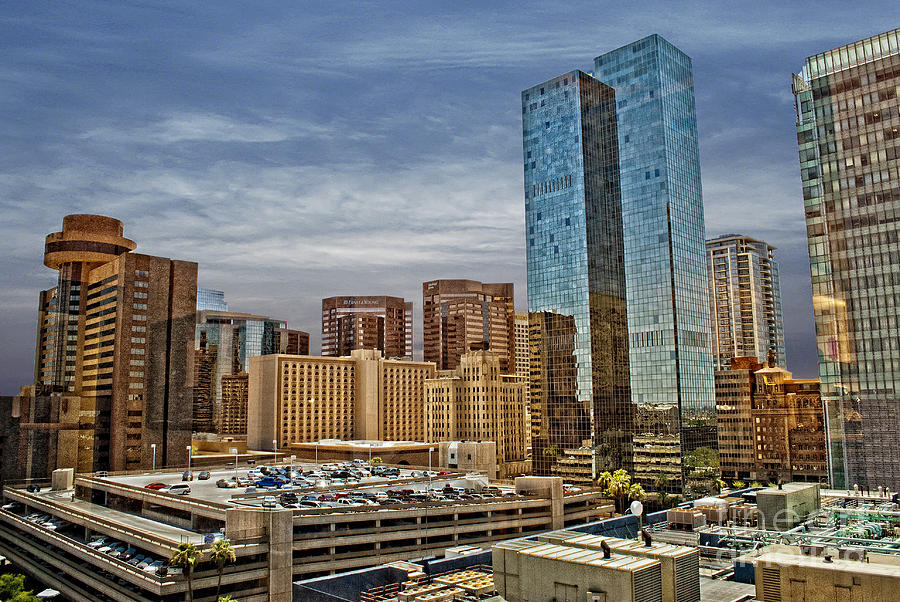





DOWNTOWN
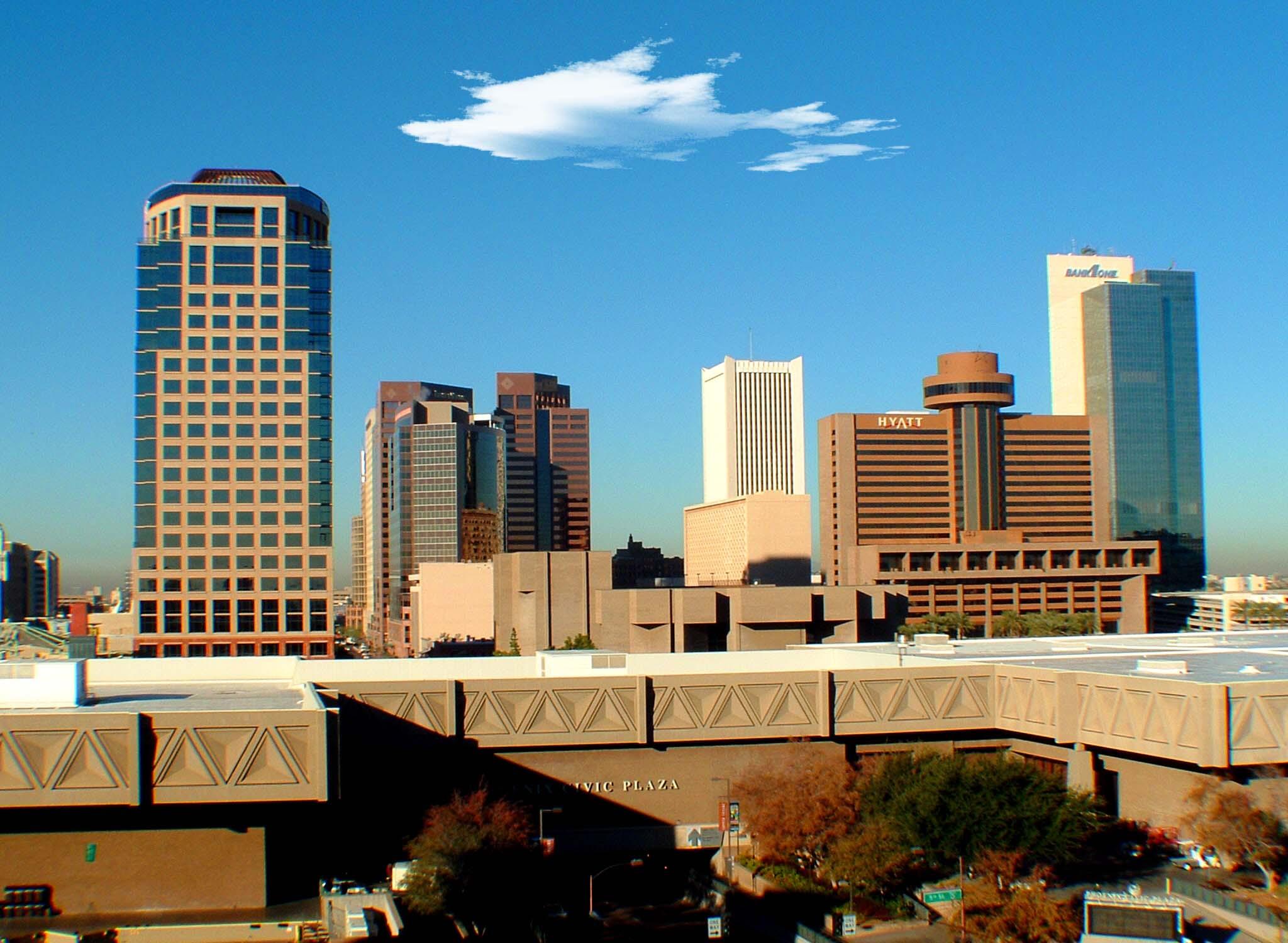






LIGHTNING, SEPTEMBER 14, 2013


NO IDEA WHAT THIS IS, BUT INTERESTING


HYATT REGENCY HOTEL


ROYAL PALMS RESORT AND SPA


AIRPORT


MYSTERY CASTLE


FIRESIDE AT DESERT RIDGE


BILTMORE (HOTEL)


HILTON GARDEN INN


HOUSES AND LANDSCAPE




LAKEWOOD WATERFRONT HOMES


PLANTS
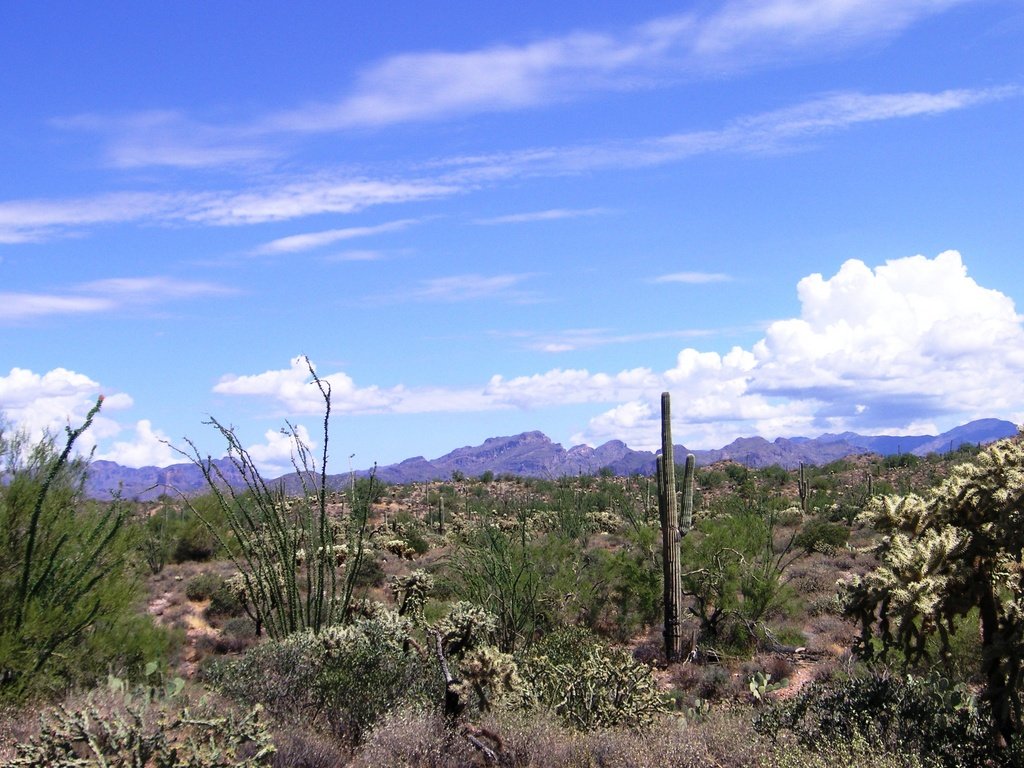
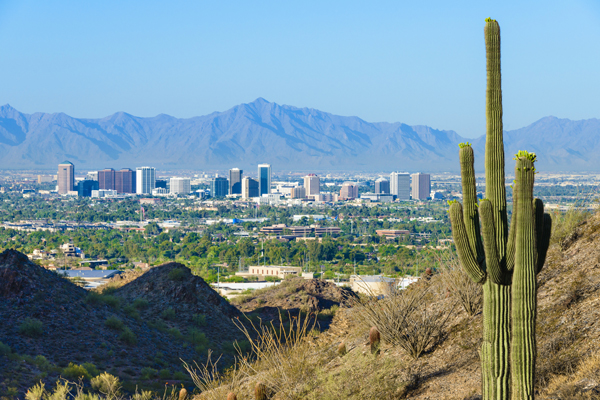





















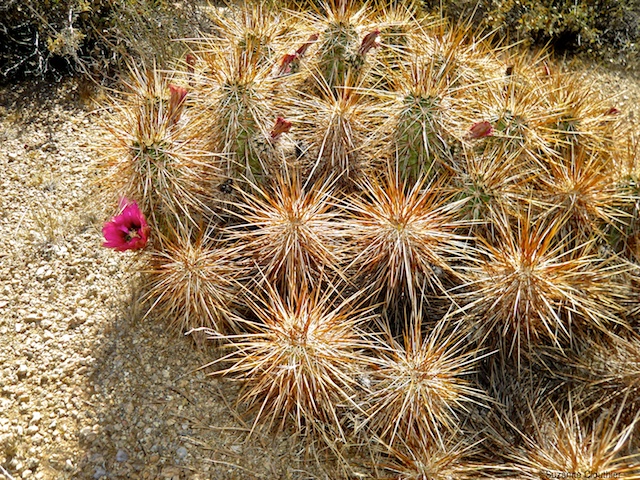





SCENERY

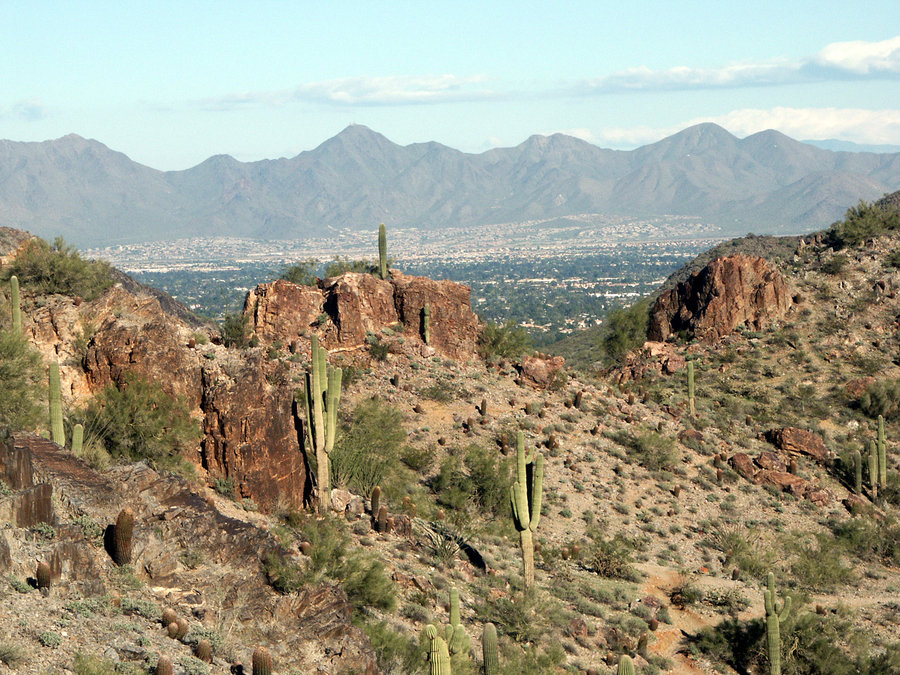

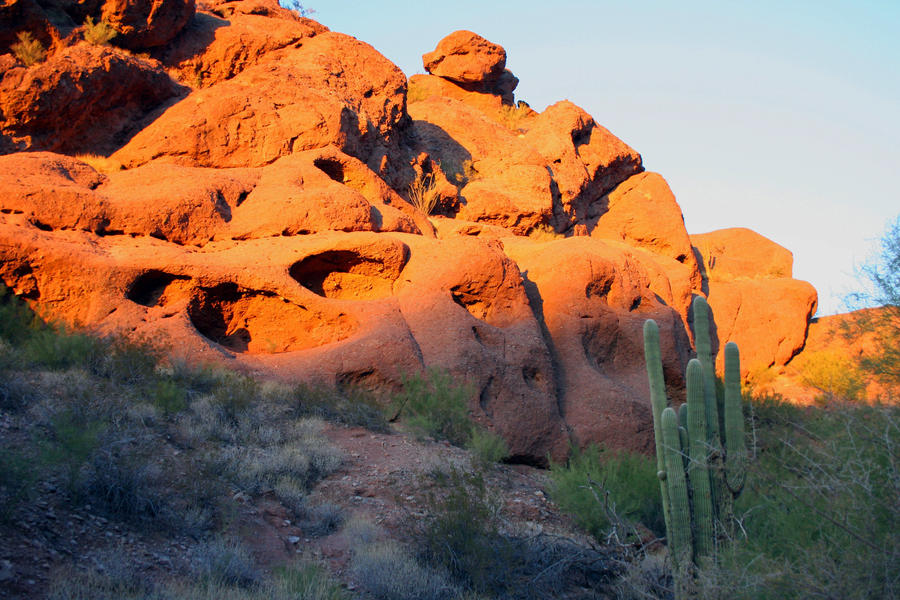



SUPERSTITION MOUNTAIN


RAIL TRANSIT


PHOENIX ZOO

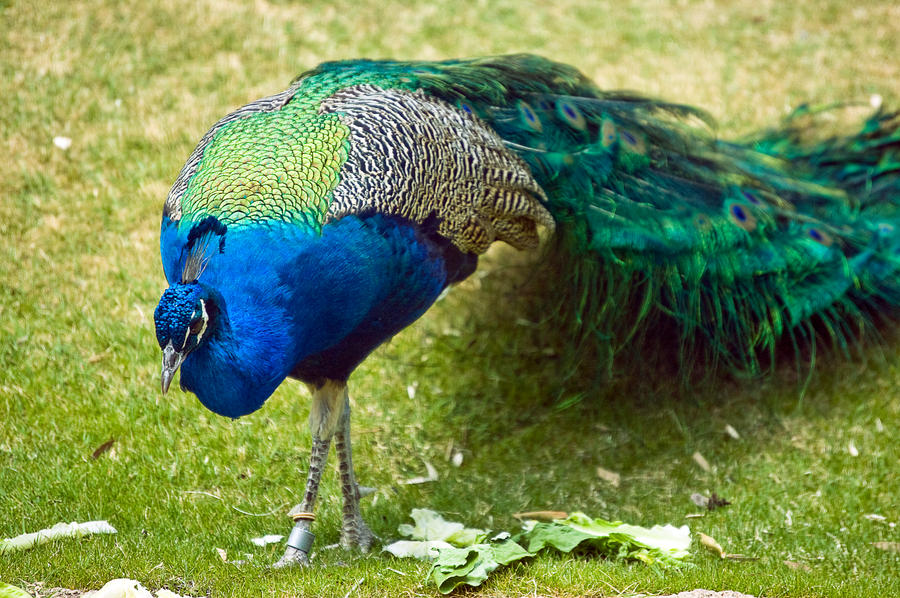



WILDLIFE
WILD DONKEY
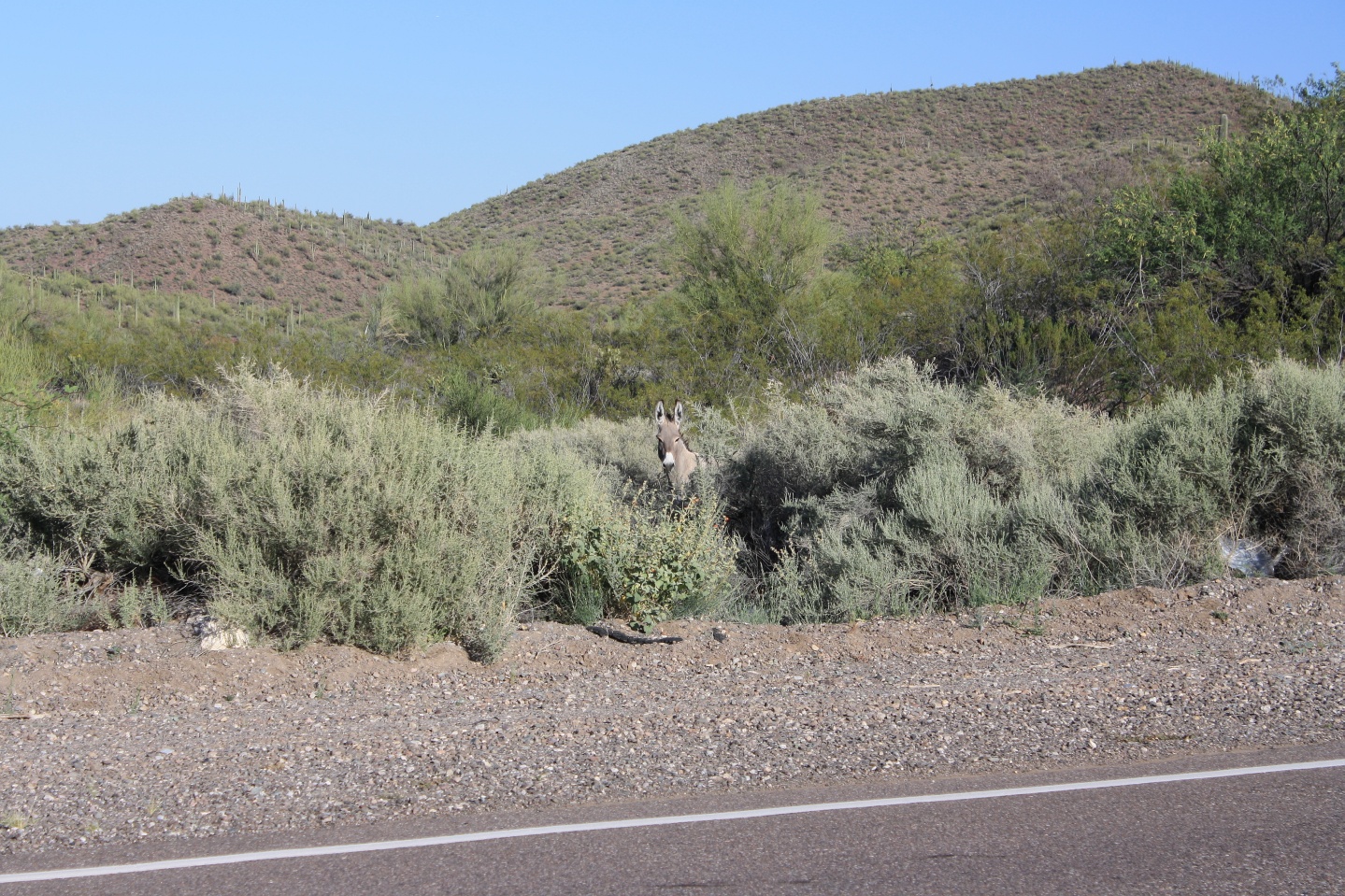
RABBIT

SONORAN DESERT TOAD

JAVELINA (WILD PIG)


BIGHORN SHEEP

BIRDS


SAGUARO LAKE
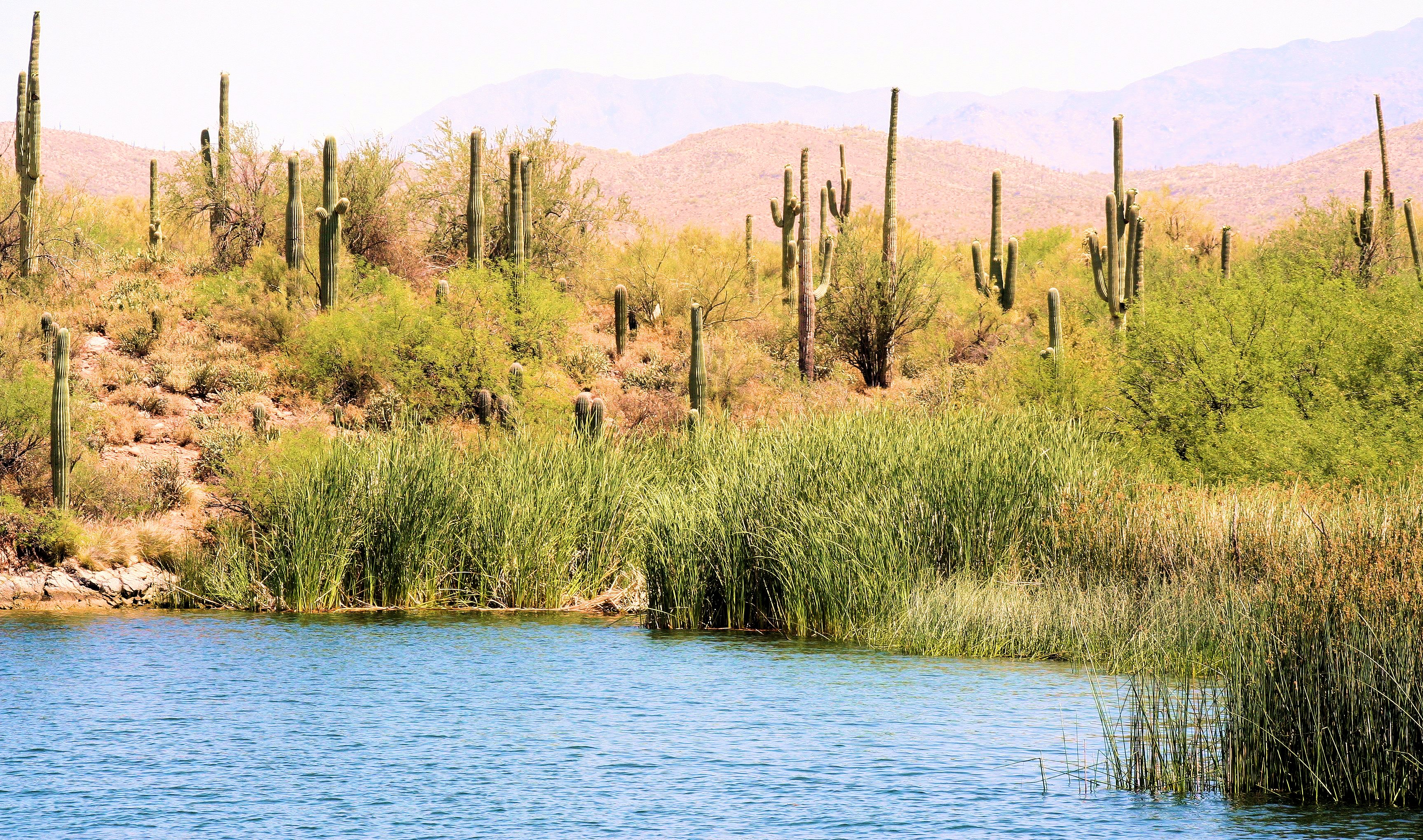

PONDEROSA STABLES


OLD PHOTOS
DOWNTOWN 1954


There is far more interesting information about Phoenix on the Wikipedia
page than I can relay. To see more about Phoenix, CLICK HERE
this city has a lot of different things to see.
Phoenix is the capital, and largest city, of the U.S. state of Arizona.
With 1,445,632 people (as of the 2010 U.S. Census), Phoenix is the
most populous state capital in the United States. Phoenix is the
county seat of Maricopa County.
Settled in 1867 as an agricultural community near the Salt and Gila
Rivers, Phoenix incorporated as a city in 1881. (Arizona became the
48th U.S. state in 1912). Located in the northeastern area of the
Sonoran Desert, Phoenix has a subtropical desert climate. Despite
this, its canal system led to a thriving farming community. Many of
the original crops remained important parts of the Phoenix economy
for decades, such as alfalfa, cotton, citrus and hay (which was
important for the cattle industry). In fact, the "Five C's" (Cotton,
Cattle, Citrus, Climate, and Copper), remained the driving forces of
Phoenix's economy until after World War II, when high tech industries
began to move in.
Other than the mountains in and around the city, the area of Phoenix is
generally flat, allowing the city's main streets to run on a precise
grid with wide, open-spaced roadways. Scattered, low mountain ranges
surround the valley: McDowell Mountains to the northeast, the White
Tank Mountains to the west, the Superstition Mountains far to the
east, and the Sierra Estrella to the southwest. On the outskirts of
Phoenix are large fields of irrigated cropland and several Indian
reservations. The Salt River runs westward through the city of
Phoenix, and the riverbed is often dry or contains a little water due
to large irrigation diversions.
As with most of Arizona, Phoenix does not observe daylight saving time.
In 1973, Gov. Jack Williams argued to the U.S. Congress that due to
air conditioning units not being used as often in the morning on
standard time, energy use would increase in the evening. He went on to
say that energy use would rise "because there would be more lights on
in the early morning." He was also concerned about children going to
school in the dark.
December is normally the coldest month with average temperatures between
45 and 66 °F. July is normally the hottest month with average
temperatures between 84 and 106 °F. July tends to be the rainiest
month with an average of 1.1 inches, and a yearly average of 8 inches
of rain. There is rarely snow, but it has happened 8 times between
1898 and present. The record low temperature recorded was 16 °F on
January 7, 1913. The record high temperature recorded was 122 °F on
June 26, 1990.
Unusual species of animals are occasionally found within Phoenix
boundaries. Native species include desert tortoises, gila monsters,
roadrunners, coyotes, chuckwallas (large lizards), javelina (wild
pigs), bobcats, jaguars, and mountain lions. There are many species of
falcons, hawks, golden and bald eagles, and the state bird, the cactus
wren. Phoenix is also home to a wide varieties of snakes.
The area has the most structurally diverse vegetation in the United
States. It includes one of the most famous species of succulents, the
giant saguaro cactus. Other important species are organpipe, ocotillo,
barrel, prickly pear and cholla cacti, Palo Verde trees, various types
of palm trees, agaves, foothill and blue paloverde, ironwood, mesquite
and creosote bush.
I hope you enjoy this trip to Phoenix, Arizona.
~Marsha~

AERIAL VIEW










DOWNTOWN







LIGHTNING, SEPTEMBER 14, 2013


NO IDEA WHAT THIS IS, BUT INTERESTING


HYATT REGENCY HOTEL


ROYAL PALMS RESORT AND SPA


AIRPORT


MYSTERY CASTLE


FIRESIDE AT DESERT RIDGE


BILTMORE (HOTEL)


HILTON GARDEN INN


HOUSES AND LANDSCAPE



LAKEWOOD WATERFRONT HOMES


PLANTS





























SCENERY







SUPERSTITION MOUNTAIN


RAIL TRANSIT


PHOENIX ZOO





WILDLIFE
WILD DONKEY

RABBIT

SONORAN DESERT TOAD

JAVELINA (WILD PIG)


BIGHORN SHEEP
BIRDS


SAGUARO LAKE


PONDEROSA STABLES


OLD PHOTOS
DOWNTOWN 1954


There is far more interesting information about Phoenix on the Wikipedia
page than I can relay. To see more about Phoenix, CLICK HERE
Information from Wikipedia.com and weatherbase.com
This is a MelloMarsha creation
I do not take credit for the pictures
Thanks to the respective photographers
5-12-14
BACK TO THE ONLINE VACATION INDEX